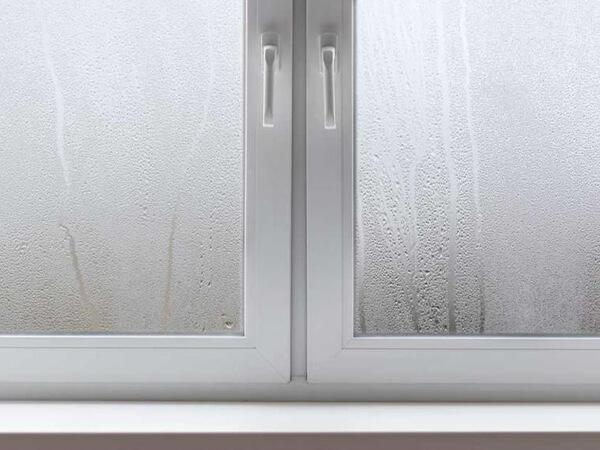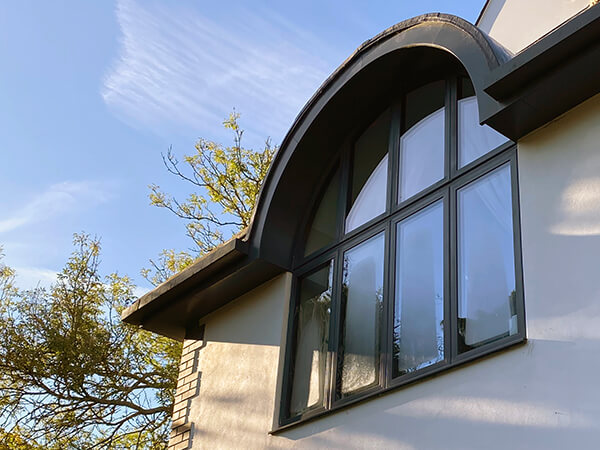Understanding what causes condensation and knowing how to prevent it is key to maintaining a healthy, comfortable home.
At Mitchell Glass, we understand the challenges modern homeowners face. That’s why we’ve put together practical tips to help you manage condensation effectively and keep your windows in top condition.
What is Condensation?
Condensation happens when warm, humid air comes into contact with a cold surface. The moisture in the air cools and condenses into droplets, leaving visible marks on the surface.
A common example is the droplets that form on a glass of ice-cold water on a warm summer day. This occurs due to the temperature difference between the cold drink and the surrounding warm air.
The same process occurs with your windows. When the glazing is colder than the air inside your home, condensation naturally forms on the glass.

How to Spot Early Signs of Condensation
Keep an eye out for these common indicators of condensation:
– Foggy or misted windows
– Water droplets forming on the glass
– Mould or damp patches around the frames
Taking action at the first signs of condensation can help you avoid more serious issues. Prolonged exposure to moisture can encourage mould growth, which may damage not only your window frames and sills but also nearby walls. Addressing condensation early will help protect both your windows and your home.

Steps to Reduce Condensation on Windows
Minimise condensation by following these simple yet effective tips:
– Open your windows for a few minutes daily, use extractor fans in kitchens and bathrooms, and keep trickle vents open to let moisture escape.
– Dehumidifiers are particularly useful in high-moisture areas, such as bathrooms and kitchens, helping to lower humidity and reduce condensation.
– Homes with consistent heating experience less condensation due to reduced temperature differences between the air and windows.
– If the weather is dry, hang your washing outside. Drying clothes indoors on radiators or clothes horses releases moisture into the air, increasing condensation.
– A quick wipe of windows prevents moisture from lingering on the glass, reducing the risk of condensation and mould growth.
Implementing these steps can help keep your windows dry and your home healthier.

This advice focuses on spotting condensation inside your windows. If you notice condensation on the outside of your windows, there’s no need to worry. This is actually a positive sign that your windows are energy-efficient, effectively keeping warmth inside your home.
Condensation can also appear between the panes of glass in double or triple glazing. This typically indicates a damaged seal and may mean your windows need replacing. For prompt replacements and expert advice on dealing with condensation, get in touch with Mitchell Glass.
LOOKING TO REPLACE YOUR WINDOWS?
We have a fantastic range to choose from so whether it’s a modern style or traditional timber effect windows – we are confident that we will have windows to improve any home to give it the finished look with elegance.
LOOKING TO REPLACE YOUR WINDOWS?
We have a fantastic range to choose from so whether it’s a modern style or traditional timber effect windows – we are confident that we will have windows to improve any home to give it the finished look with elegance.
REQUEST YOUR FREE QUOTE
Simply fill in your details for your free, no obligation quotation, and click "Get Quote"
Want to speak with an Advisor? Give us a call on 0800 220 415
Our friendly team will be pleased to help with any questions you may have.